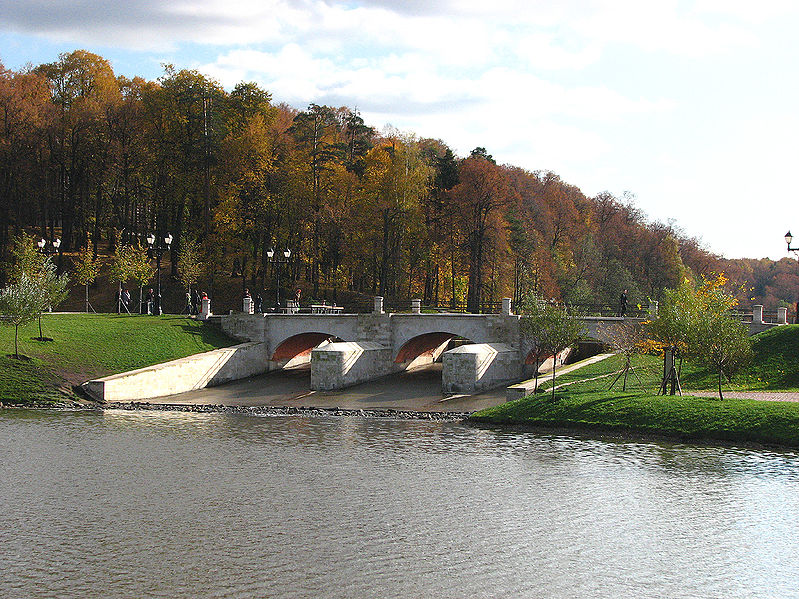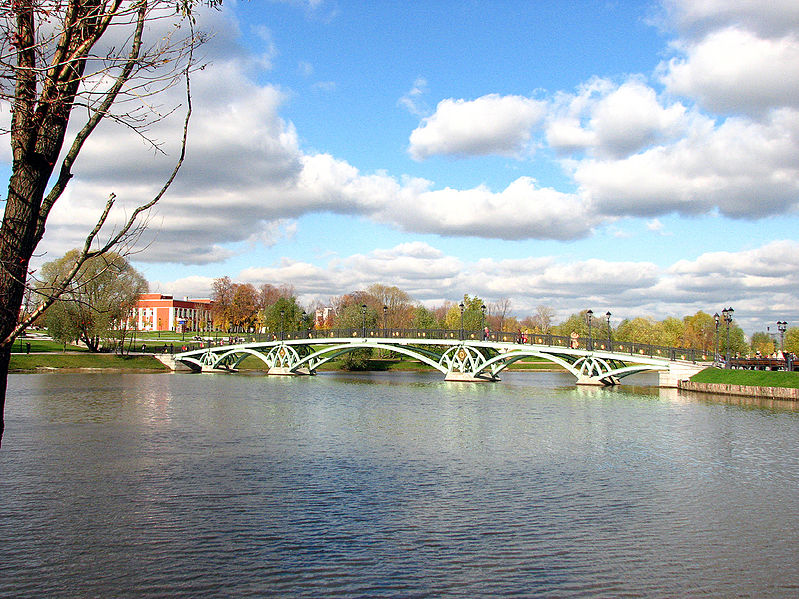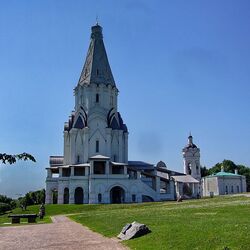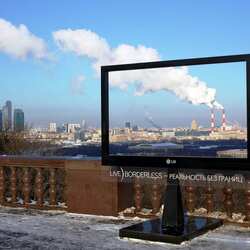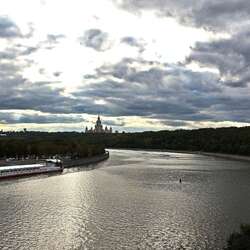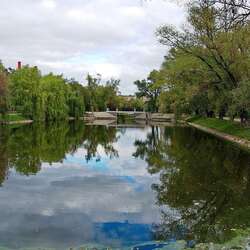Tsaritsyno
Tsaritsyno is one of the first palace and park complexes in Moscow. The complex was built by order of Empress Catherine II on a hilly area of over 100 hectares.

During the reign of Boris Godunov, the village of Bogorodskoye was located here, which was owned by his sister Irina. During the Time of Troubles, everything was destroyed, and the territory fell into disrepair. This wasteland was called Black Mud, which was given to the Streshnev boyars. The next owner was Alexei Golitsyn, but after the deposition of Tsarevna Sofia Alekseevna, the property of her favorite Prince Vasily Golitsyn and his closest relatives was confiscated. In 1712, Tsar Peter I presented Black Mud and the surrounding villages to Prince Dmitry Cantemir for his help in the war with Turkey. Dmitry Cantemir took with him about a thousand Moldovan soldiers with their families, whom he settled in neighboring villages. In 1775, Empress Catherine II was struck by the local beauty as she drove by. She immediately bought these lands from Sergey Dmitrievich Kantemir for 25 thousand rubles, although he asked for a smaller amount.
The village was renamed Tsaritsyno and the construction of the Empress' residence began. In a short time, a small wooden palace was built for Catherine II and her favorite Prince Potemkin. In the summer of the same year, she went to inspect her purchase in detail, and then Potemkin did everything possible to please the Empress. Colorful marinas were set up on the ponds, from which decorated boats sailed away, and a tent was built in the park for the empress, in which she was served food. The prince organized a "haymaking festival": Moldovans mowed the grass to songs in folk clothes, girls raked hay, danced in the glades, and young people engaged in wrestling. Fireworks were set off in the evening, and Catherine II was very happy that day.
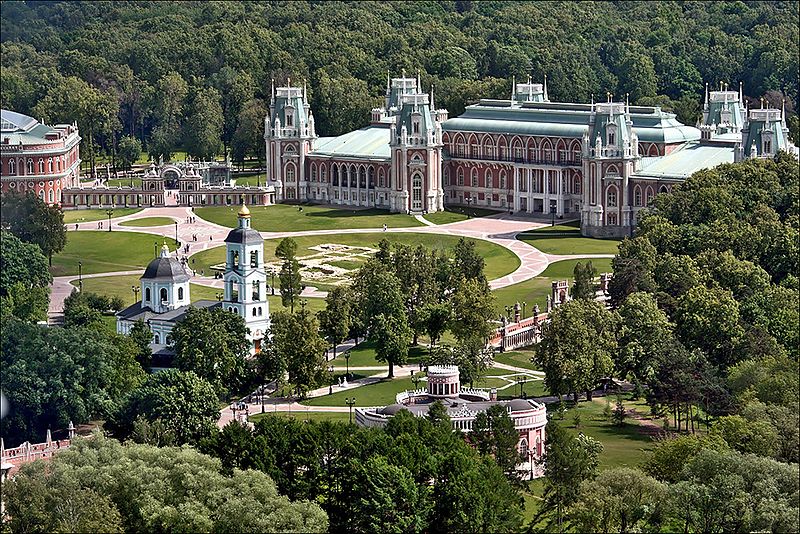
The Empress entrusted the design of the residence to architect Vasily Bazhenov, whom she greatly appreciated. In May 1776, Bazhenov began construction. The foundations of the Small and Medium-Sized Palace, the Third Cavalry Corps were laid, and the construction of the figured bridge began. The architect planned to build everything in 3 years, but difficulties with financing stretched the construction for decades. In order not to slow down the pace of construction, the architect constantly wrote to officials and asked for financing, he also sold his Moscow house and took out loans. By 1784, he had accumulated debts and loans of 15,000 rubles. In the same year, the Empress wanted to come to Moscow and look at her residence in Tsaritsyno. Upon learning about this, officials immediately allocated 100,000 for construction. However, this amount was not enough for Bazhenov to complete the construction, so he went to a meeting with privy councilor Bezborodko AA, who conveyed his words to Catherine. The funding was doubled, but for this Bazhenov had to make a palace project in Bulatnikov.
In 1784-1785, Bazhenov took over the management of two construction projects. The construction of almost all the planned buildings was coming to an end when financing problems appeared again. After long correspondence with officials, the money was allocated. In 1785, the tsarina visited the construction site and was extremely dissatisfied with it, and ordered everything to be demolished. Bazhenov was removed from office. According to researchers, this decision of the Empress was due to the rapprochement of Bazhenov and Tsarevich Paul I, whom the Empress disliked. Kazakov began to lead the construction. In 1786, two buildings were dismantled and a new palace was started. In 1794, the Large Cavalry Corps was dismantled. In 1796, Catherine II died and the Tsaritsyno residence was never completed, and it fell into disrepair. It was only in 1927 that work began on the restoration of the palace and park complex, which lasted for decades.



